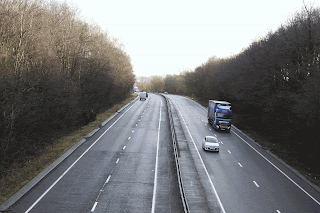project evaluation
Project Evaluation Over the process of doing this project, I have experimented using different techniques to create work inspired by other photographer that solves a problem based in time. I think the things that went well with this project are the time lapses' which were created using photoshop and show ice melting over the period of time. I also think I improved on using this technique and took it further to use it as a final outcome. I think another experiment that went well was the Harold Edgerton experiment, this was something I enjoyed doing and I would have like to take some more time to experiment further with. However, it was a lengthy process in setting up and achieving good results from this. It is a trial and error and luck to capture a good outcome from this. I think I could have experimented more using the stop motion narrative process, by taking more photos to extend the story as I feel it is quite short. I learn from my final outcome of the ice melting how diffi...













